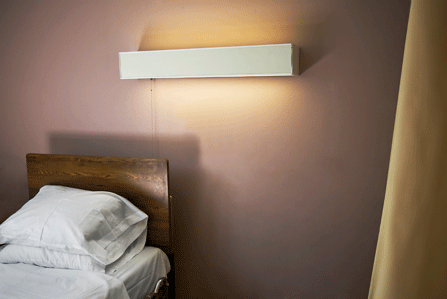By Deborah Alecson
There is a profound difference between suicide and medical aid in dying, otherwise known as death with dignity. It is not a matter of semantics.
In a death-phobic culture such as ours, one in which we prevent ourselves from projecting into our dying time, we cannot grasp the distinction. True, both result in the taking of one’s own life, but one is an act of desperation and self-destruction, while the other is an act of self-love. How can choosing death over life be motivated by self-love, you are wondering. We will explore this later in the column.
People commit suicide often in the prime of their lives because living for them is unbearable. Unlike the terminally ill who choose medical aid in dying, people who seek to commit suicide are not in their dying time but in their living time. More often than not, there are underlying and unresolvable emotional and psychological torments. There is depression or a psychiatric illness that has not been or cannot be treated. For the elderly, suicide can be motivated by the suffering that comes from living a compromised life without the support of family, friends, or community. Loneliness and feelings of abandonment are factors in suicide, especially for the elderly.
Suicide is considered a failure of the person and of our society. Help was needed and not found. In our culture, suicide is to be prevented at all costs including the involuntary psychiatric hospitalization (or incarceration depending on how you view that which is “involuntary”) of the person who discloses his or her suicidal thoughts. There are consequences for a patient in therapy to even talk about suicide: The therapist must report him or her to the authorities. The horrible irony is that the one place a suicidal person can get help to understand his or her own feelings, with a therapist, is the one place where he or she can’t talk about these feelings.
In a death-phobic culture, thoughts of suicide are considered aberrant. But let’s be honest, who hasn’t thought about suicide at least once in their life?
The will to live is an instinct of such force that human beings kill other human beings to stay alive. Human beings accept life-prolonging treatments during what would be their natural dying time that in the end, diminish the quality of time that they had bought with more treatment. People will do unbelievable things to ensure their own survival.
So, choosing to die under the weight of the instinctual and societal will to live is either accomplished out of sheer terror of life itself or incredible courage. Courage to venture into the unknown.
Since most of us have not been around dying people and as I wrote earlier, rarely imagine ourselves in that situation, we have no idea what dying is like. We don’t understand what it asks of us and what it takes out of us. While hospice care can be a possibility for how we live our dying time, it is not for everyone.
Medical aid in dying is now possible in five states. This means that people who are dying of a terminal illness can request a lethal dose of medication to end their own lives. Those few terminally ill patients who request and qualify for medical aid in dying do so to have a dignified death on their own terms. That’s all. This choice is a logical, sound, and deeply compassionate act of relief, not a desperate escape of a circumstantial situation as suicide often can be.
How can choosing death over life be motivated by self-love? When your dying time comes, you may want to spare yourself and your loved ones a prolonged and brutal decline. This to me is self-love. It is not suicide.
Complete Article HERE!

